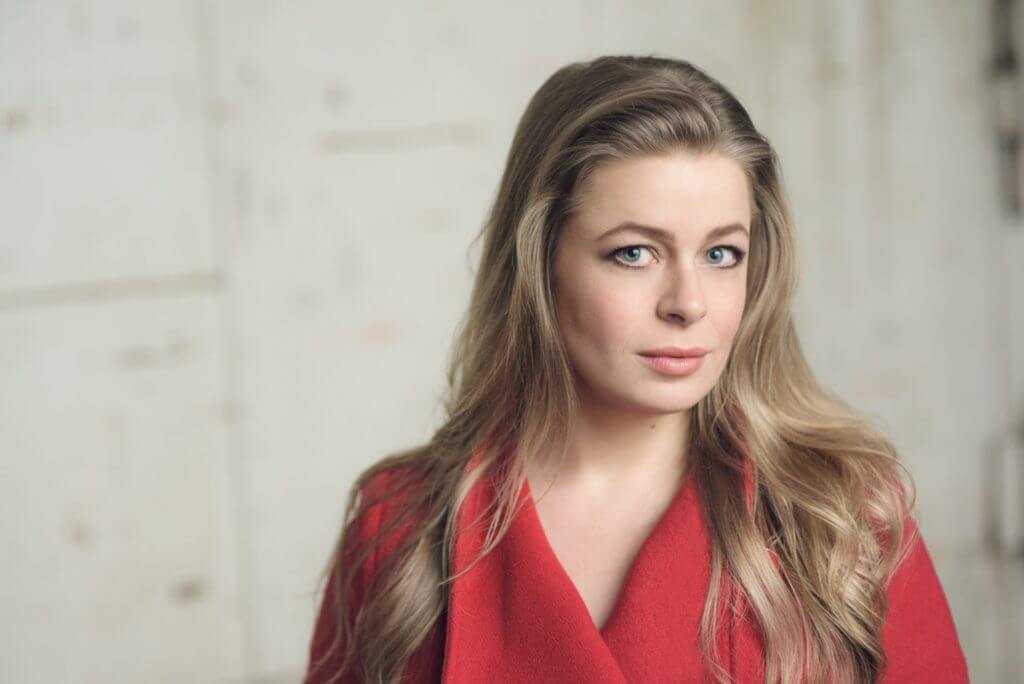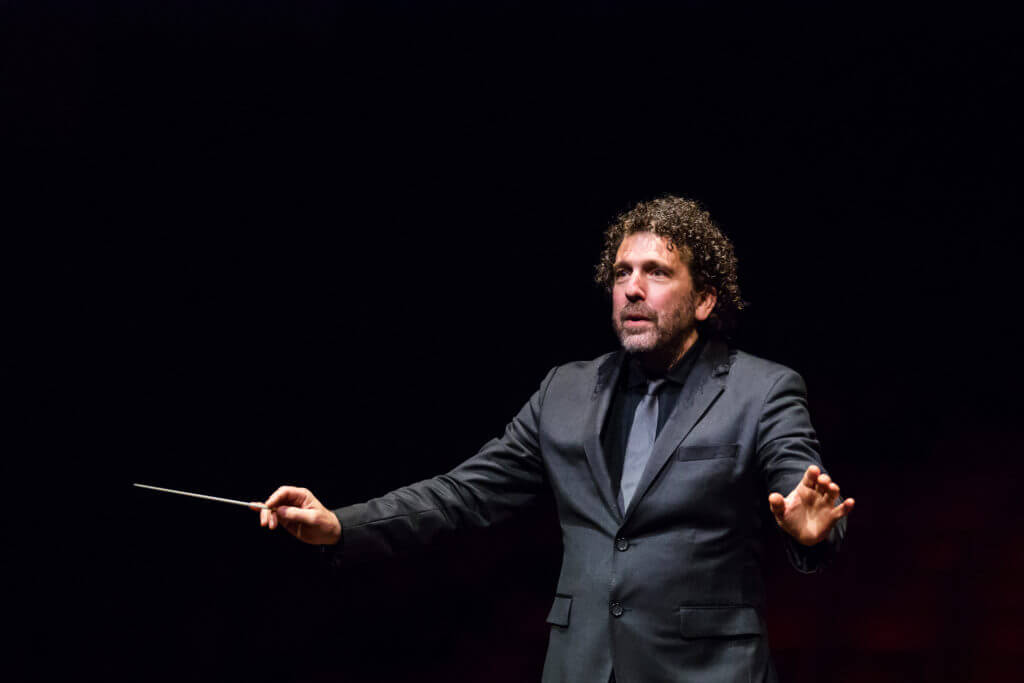Perth Concert Hall
reviewed by Neville Cohn
It was a delightful program presented to a capacity house. It consisted of one of the most loved and timeless of all ballet scores as well as a work being played by the WASO for the very first time.
The latter – Rossiniana – is Respighi’s orchestral arrangement of some pieces originally written by Rossini, part of a flood of miniatures that poured from his pen years after he’d given up writing operas. Rossini, tongue firmly in cheek, called them ‘nothings’. They are anything but.
With Asher Fisch presiding over events, these charming pieces flashed most agreeably into life. Why has it taken an astonishing 94 years for this music to reach Perth? I savoured these miniatures, each one a little gem. There was fine work here by oboist Liz Chee. The clear, carrying tone she produced was consistently pleasing. Percussionists, too, were very much on best form as was the brass section. I particularly liked the Intermezzo, a most engaging interlude made memorable by glittering notes drawn from the celeste by Graeme Gilling. It was a fine foil to the introverted and melancholy Lamento which preceded it. At times in the finale, the music was so upbeat and joyful, it would have not surprised me had some concertgoers stepped into the aisles and danced. Laurels, in particular, to flautist Andrew Nicholson and Michael Waye (piccolo) who, throughout the program, were much on their mettle..
I hope WASO audiences won’t need to wait another 94 years for a repeat performance.
Tchaikowsky’s Nutcracker Suite needs no introduction.
It’s arguably the world’s most loved ballet score, as meaningful and memorable in its way to the young as to listeners in their dotage. Suites drawn from the work have enchanted listeners since the ballet had its premiere in St Petersburg, Russia in 1892. And Asher Fisch and the WASO were very much on form as we listened to page after page of orchestral and melodic magic, not least Waltz of the Flowers in which horns were in first rate form. Allan Meyer, that wizard of the clarinet, brought his exceptional abilities to the fore time and again. And a particularly lavish bouquet to the strings which sounded consistently on their mettle. Strings were very much on their musical toes in the character dances, notably the Chinese Dance and the Russian Trepak. And the Tarantella and Dance of the Sugar Plum Fairy came across splendidly.
I’m pleased to report that, unlike the compulsive clappers who burst into maddeningly intrusive applause between movements of Mozart’s Symphony No 40 a week earlier, audience behaviour at this 11am concert could not be faulted.






